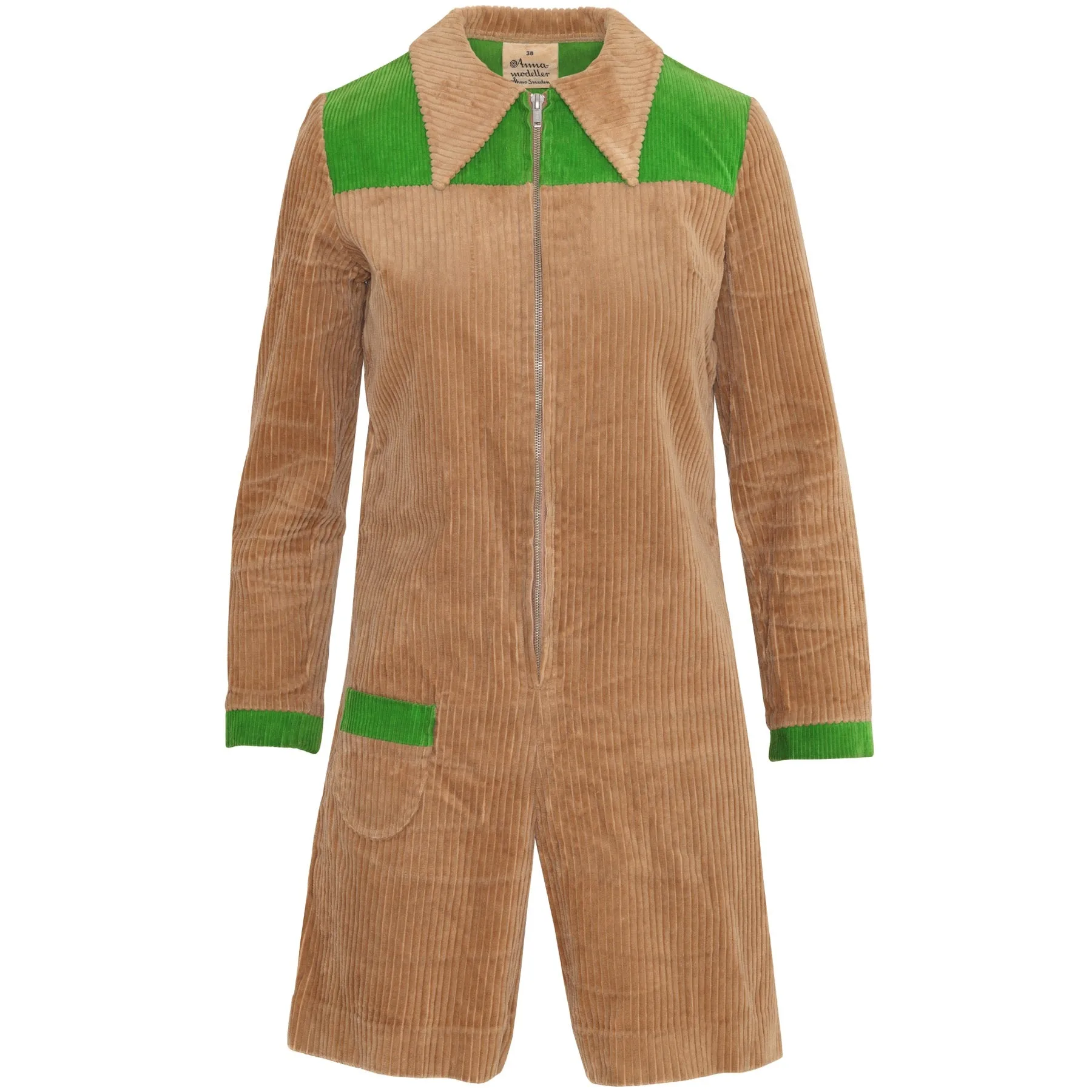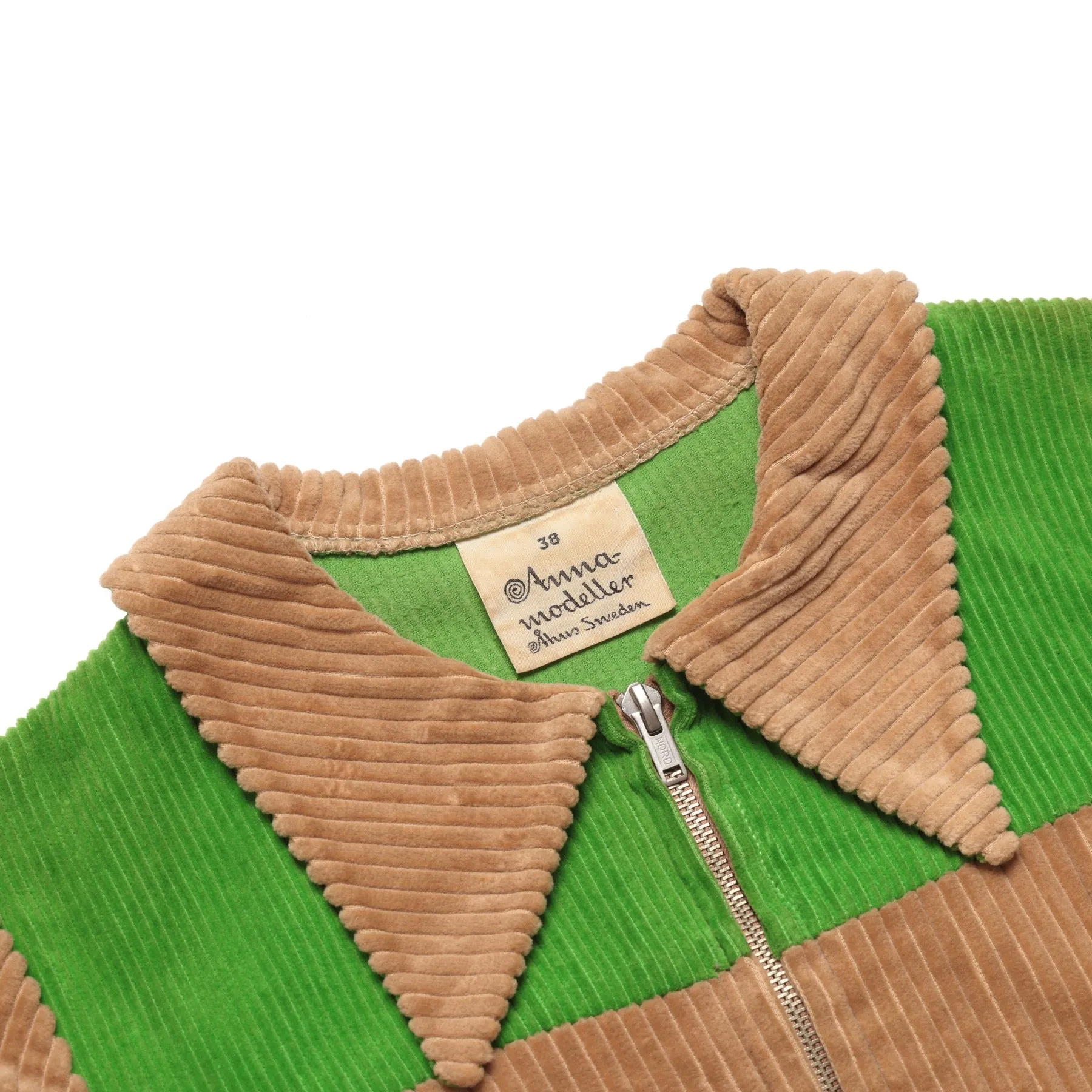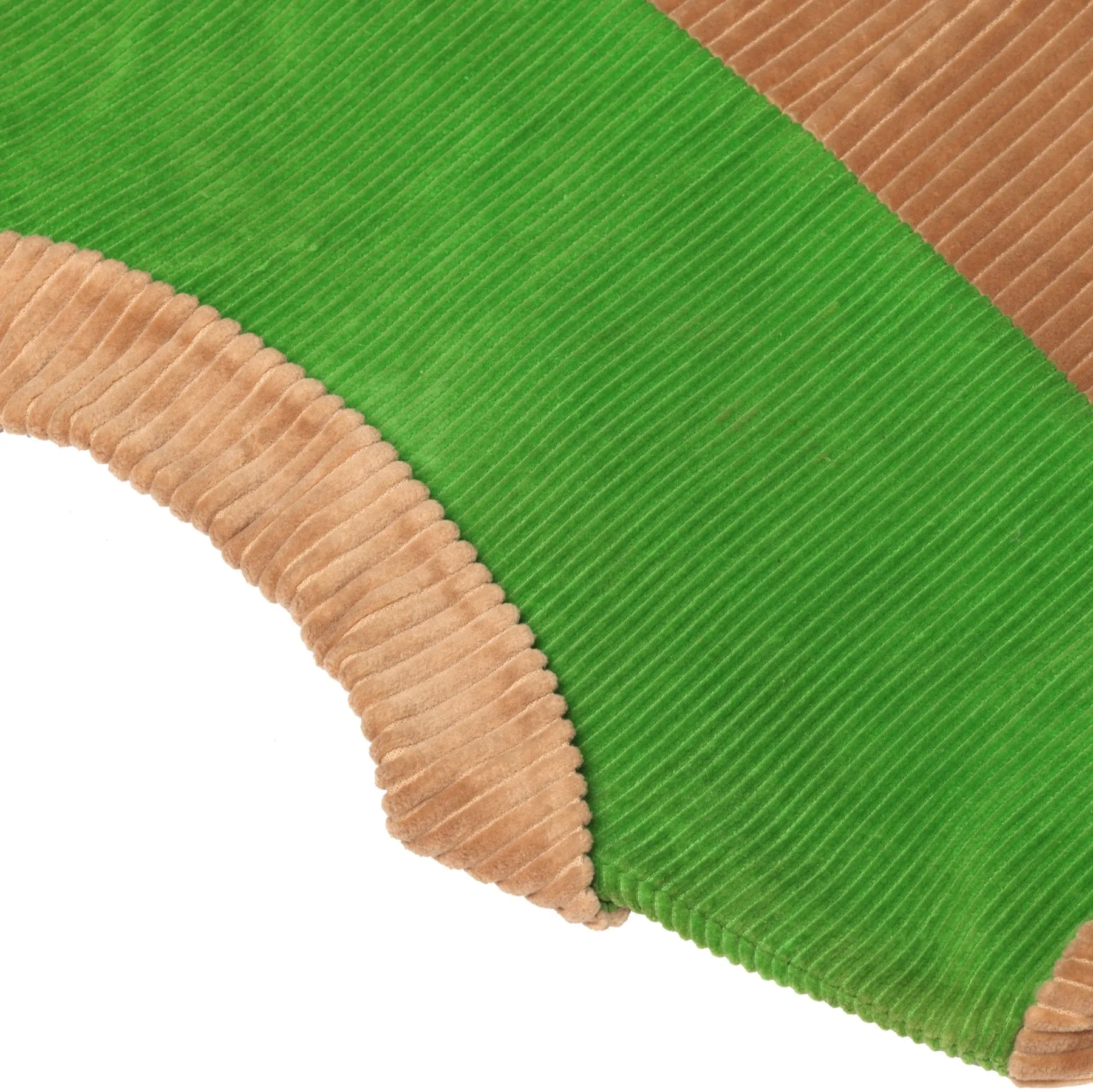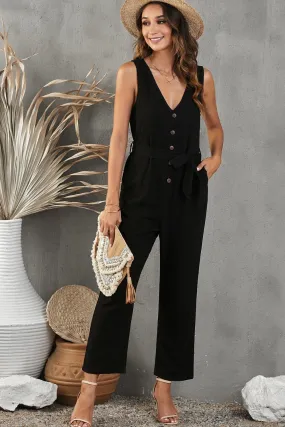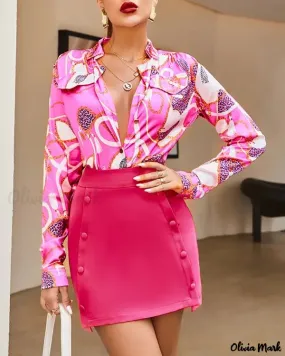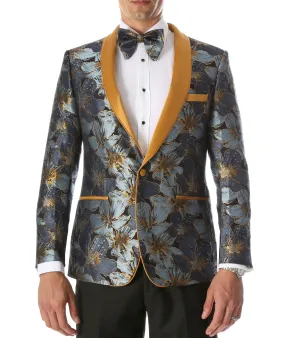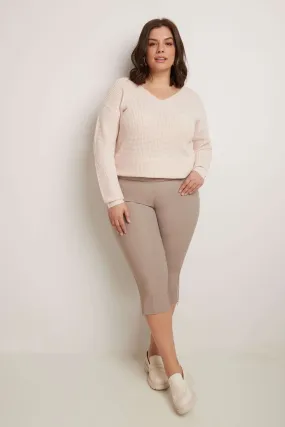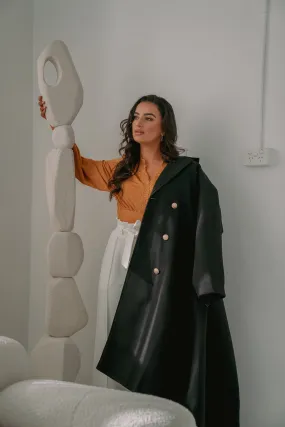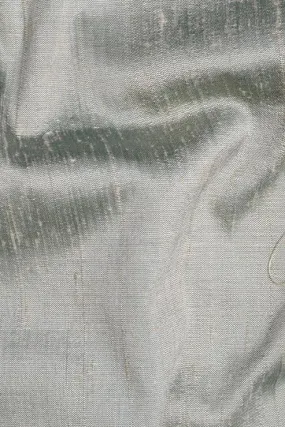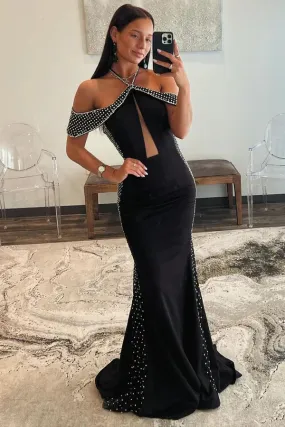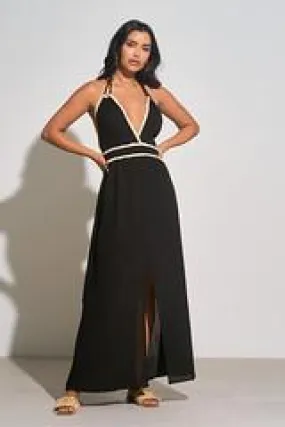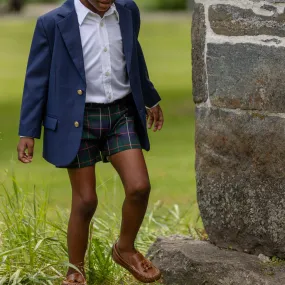The late-1960s corduroy playsuit fuses Swedish functionalism, color-blocked modernism, and precision textile engineering.
Anna, a regional Swedish designer label active during the mid-20th century, epitomized an ethos that fused durable textile engineering with playful modernist sensibilities, emphasizing utilitarian silhouettes rendered through architectural color blocking. Within Sweden’s broader modernist tradition, which spanned furniture, industrial design, and fashion, brands like Anna catalyzed a postwar design language that dignified everyday garments as vessels of both rigorous construction and creative optimism, bridging craft traditions with industrial reproducibility. The tan and green corduroy zip-front playsuit analyzed here, though the product of a relatively localized brand, represents a significant thread within the Scandinavian commitment to functional, human-centered design. The garment itself is a women’s long-sleeve, zip-front playsuit, or romper, conceived for daytime casualwear, outdoor leisure, and social settings that demanded greater physical mobility and informal style than traditional dresses permitted. Constructed with a pragmatic closure system and minimal layering requirements, it reflected late-1960s ideals of youthful autonomy and practical elegance. Built through lockstitch assembly with overlocked internal seam finishing, the playsuit features a center-front metal zipper extending from neckline to crotch, offering a clean visual bifurcation of the body while simplifying dressing and undressing. The upper chest and cuff areas are accentuated through meticulously inset color-blocked panels, engineered to manage the pile tension inherent in the heavy, ribbed corduroy without compromising seam flatness or visual precision, particularly at bias intersections where distortion risks are highest. Angular contrast panel insets across the shoulders and chest required disciplined bias management to sustain wale alignment and crisp seam definition, while the shaped patch pocket with partial green overlay harmonized with the broader chromatic language. The garment’s apparent simplicity conceals the technical challenges presented by the heavyweight, nap-sensitive fabric—particularly across high-movement zones such as the sleeve heads and crotch, where grainline discipline was critical to maintaining visual and structural integrity. Rooted in the historical evolution of wartime utility coveralls, the playsuit typology was by the late 1960s emblematic of mod culture, surfwear informality, and the broader casualization of women’s apparel. The adoption of a zip-front mechanism, combined with geometric paneling, channeled the optimism and experimental verve characteristic of the era’s leisurewear design. The textile employed is a wide-wale cotton corduroy with an estimated density of 300–350 GSM, exhibiting a plush, vertical rib structure indicative of robust natural fiber construction. With a wale count of approximately 6–8 ridges per inch, the fabric qualifies as wide-wale or Jumbo corduroy, offering pronounced tactile dimensionality and retro visual resonance. The pile exhibits a soft luster and dense tufting, evidencing a high yarn count per wale and meticulous shearing during the finishing process. Notably, the green contrast panels share the same corduroy base fabric, dyed separately through piece-dyeing processes to retain tonal vibrancy and fiber consistency across color blocks. This textile structurally aligns with historical fabrics such as Manchester corduroy—traditional English heavy cotton corduroy noted for its dense pile; Bedford cord—a warp-faced, pileless fabric linked to military and workwear traditions; velveteen—a sheared pile fabric demonstrating early velvet evolution techniques; and Fustian—the medieval precursor to modern pile fabrics, employing similar weft-insertion and cutting methods. Contemporary mills historically or currently producing comparable textiles include Brisbane Moss of the UK, recognized for traditional wide-wale corduroys; Pontoglio 1883 of Italy, famed for its sophisticated velvets and corduroys; Kindermann Textilmanufaktur of Germany, maintaining high-density cotton corduroy production with vibrant dye processes; and the historically significant, though now closed, Cosserat mill of France. The playsuit’s paneling architecture is deliberately minimal and clean. Major body panels are joined at center front with the zipper insertion, while angular triangular insets at the bust and upper back interrupt the tan field with vivid green. Crotch and shorts configurations favor simplicity and grainline adherence to avert twisting under movement. The sleeves are standard set-in constructions, devoid of pleats or gathers—a necessity given the fabric’s bulk and the need to preserve the visual rhythm of the wales. The patternmaking reflects a tailored jumpsuit block with a semi-fitted torso, straight sleeve block, and minimal shorts flare, eschewing aggressive bust darting in favor of subtle shaping integrated through the panel seams. Sharp green and tan paneling at the shoulders is achieved through precisely drafted grain-controlled pattern pieces that preserve wale verticality across angles—a difficult feat given corduroy’s nap tendencies. The collar is a double-layer spread variant, cut on the body’s wale grainline for textural consistency, heavily interfaced to sustain clean edge definition despite the plush pile. The sleeves are near-straight with slight anatomical shaping, finished at the wrist with applied green contrast patches rather than fully constructed cuffs. The shaped patch pocket at the hip is visually balanced against the vertical zipper line, while maintaining consistency in colorblocking themes. Assembly methodology involves flat construction with plain seams, likely reinforced inside via four-thread overlock to guard against fraying. The zipper insertion is center-front, exposed, with no placket cover, reflecting clean, confident setting practices; the absence of topstitching across major seams allows the corduroy’s dimensional surface to remain visually uninterrupted. Stitch density falls into a medium-fine range appropriate for heavyweight cotton (~9–11 SPI), balancing strength with material pliability. Seam finishing decisions, including overlocked seam edges and internal understitched collar edges, suggest a focus on clean interior stabilization without overcomplicating the garment’s casual-functional identity. Stress points such as pocket mouths and zipper tops are discretely reinforced through back-tacking or bar-tacking methods, safeguarding durability without visual clutter. The material handling throughout indicates an exceptional command of corduroy’s challenging properties. The absence of creeping, seam distortion, or nap mismatch implies the likely use of industrial aids such as walking feet or roller foot attachments during construction, ensuring smooth material feeding. Each panel’s wale alignment remains uncompromised across seams and directional changes, attesting to scrupulous feed control and skilled sewing craftsmanship. This garment occupies an intersection between industrial efficiency and artisan-level precision: industrial in its streamlined construction sequencing and hardware choices, yet artisan in its material sensitivity, pattern alignment, and edge treatment discipline. Psychologically and conceptually, the playsuit articulates the spirit of late-1960s Scandinavian youth culture—melding rustic pragmatism with vivid material expressiveness. The grounded tan fields offer a sense of tactile authenticity, while the sharp green intrusions announce vitality, freedom, and playful modernism. It stands as a sartorial rebellion against restrictive tailoring conventions, celebrating kinetic living and tactile engagement with the world. Artistically, it synthesizes influences from Scandinavian functionalism, graphic design, and color field art, positioning tactile honesty and visual optimism as central design values. Chronologically, the garment is firmly situated in the transitional period between the late mod and early bohemian eras (circa 1968–1972), as evidenced by its reliance on wide-wale corduroy, exposed metal hardware, and casual one-piece typology. In contemporary terms, the playsuit aligns closely with archival leisurewear revivals championed by brands such as Bode, Story Mfg., and Marni, where material-driven narratives and handcrafted imperfection are celebrated. Its authenticity as a vintage Scandinavian utility piece ensures strong viability within premium vintage markets, curated editorial spaces, and design retrospectives interrogating the intersections of functionalism, sustainability, and modernist expression. Structurally, the playsuit’s disciplined panel usage and minimized seam bulk optimize manufacturing efficiency without compromising aesthetic boldness, confirming its place as a touchstone of mid-century Scandinavian craft and modern archival fashion relevance.
Measurements (cm):
Chest: 46
Length: 87
Shoulder: 38
Sleeve: 56
Size Conversion (approximate)
US Women’s Size: S
EU Women’s Size: 36
SKU: 015045




